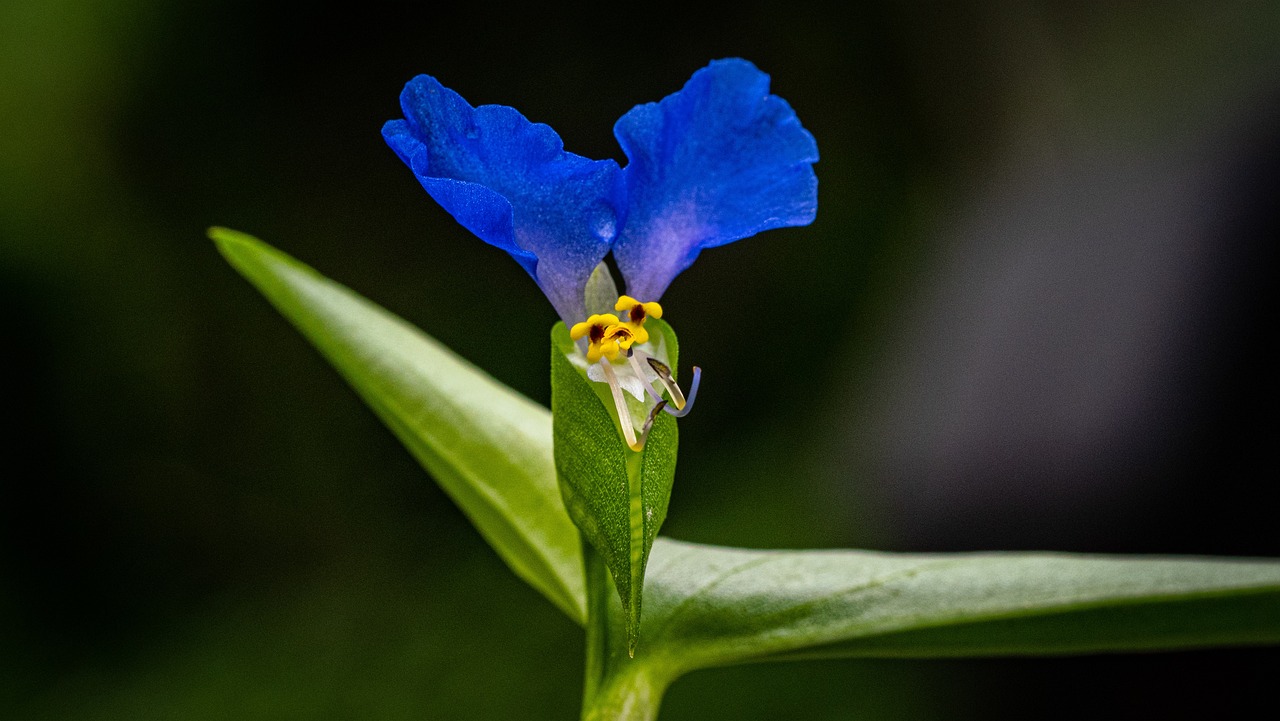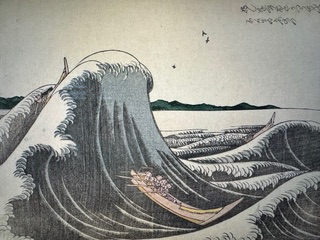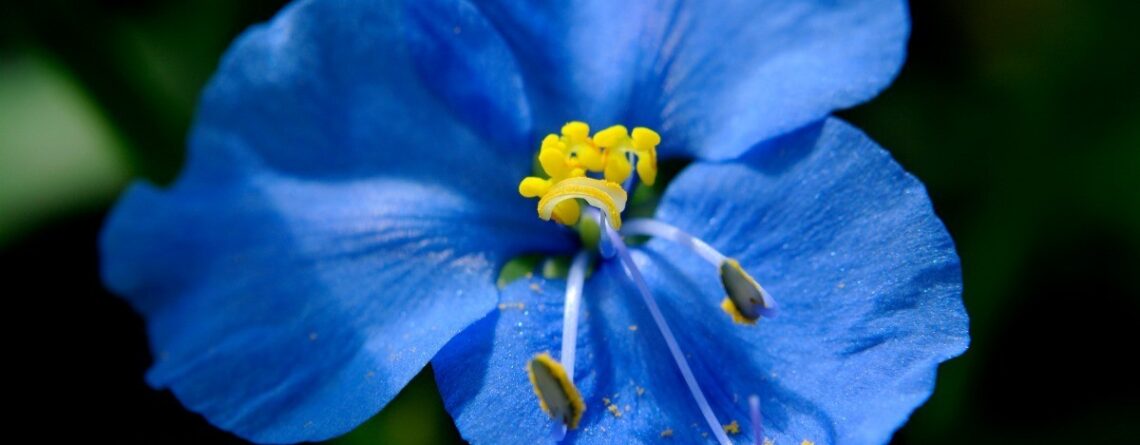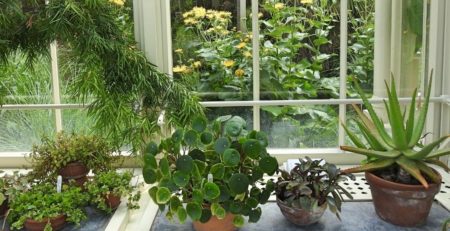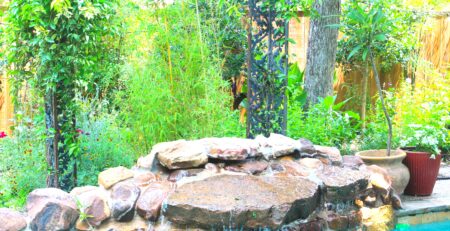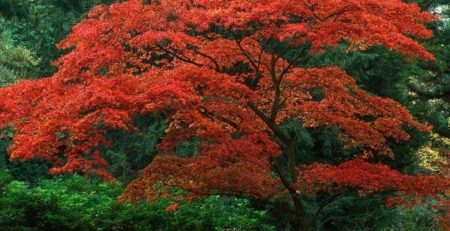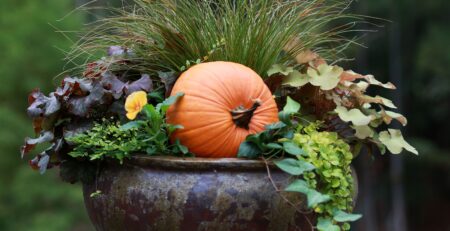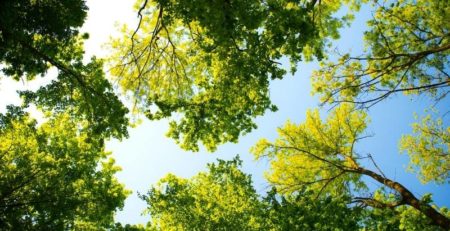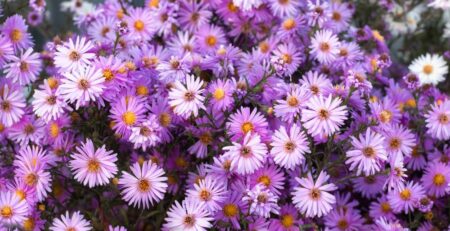Dayflower, Commelina erecta
Honestly, I’ve had a change of heart. But it didn’t happen suddenly. I must admit that, until a few months ago, an unknown plant with the characteristics of a weed was taking over strategic areas of my garden and had to go. I began yanking and pulling it up with ‘wild abandon’. And then I paused for a moment, allowing my curiosity time to reconsider. Thankfully, the plant finder app on my iPhone came to the rescue.
The answer appeared quickly and offered helpful information. What I assumed to be just another noxious weed, was instead an herbaceous plant in the dayflower family. You may know it as Widow’s Tears, White-mouth Dayflower or Asiatic Dayflower. It gets its name because the tiny one-inch blooms last for only one day.
After reading more about the dayflowers growing in my garden, I was then redirected to an exceptionally moving YouTube video made by a lady in Israel. It was so beautifully done that my heart began to melt while watching the history of dayflower unfold on my computer screen. Common dayflower sprawls along the ground like a vine, often rooting at the nodes. Flowers emerge from a boat like sheath, one at a time. They are composed of 3 petals: 2 larger mouse-eared shaped blue petals above and a small curling white petal tucked beneath. Bloom time is generally May-October.
If you have an adventurous spirit and feel inclined to experience something new, the stems, flowers, leaves and seeds of dayflower are all edible. Remember to harvest the tiny blue flowers early in the morning when they are fully open. Use them as a garnish for cheese and for an added splash of color in salads. My choice for the first ‘taste’ was to place the flowers atop a bowl of yogurt and fresh peaches. A light dusting of cinnamon sugar was the perfect finale.
Interesting facts about Dayflower:
- As one of the few flowers with a true blue bloom, the dayflower symbolizes reliability, steadfastness and trustworthiness.Carl Linnaeus, the Swedish botanist, named the genus for three Dutch botanists, the Commelijn brothers. Linnaeus believed the unequal petals of the dayflower nicely represented the talents of the three brothers.
- An exquisite Japanese woodblock print by Katsushika Hokusai, from the Edo Period, about 1800-05, gives credit to a distinctive blue dye created from the petals of the dayflower. The blue-gray color at the top of the tallest wave was identified as dayflower blue. For a fascinating in-depth look into the world of blue flowers, go to Science Friday and read the article entitled “How The Humble Asiatic Dayflower Revealed Clues To Blue Hues”. (Written by Lauren J. Young,on September 9, 2021).
